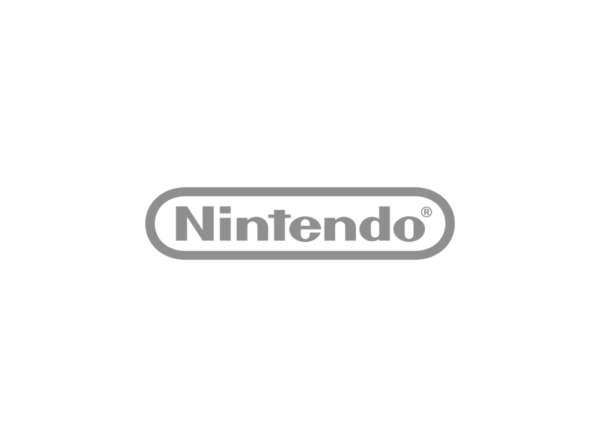
When people discuss Nintendo and gaming history, arcade games do not really come up. Many can point to Donkey Kong, but the company actually made a few good ones. I want to discuss the best of Nintendo’s arcade games, but before I do so, we need to clear up what is a Nintendo arcade game. The company stopped releasing arcade games of their own back in the ’80s but during the ’90s and ’00s, they worked with other developers for games in the arcade. These include the deal with Midway to develop arcade games to be ported to the N64, some of which are now outright owned completely by Nintendo, and the Triforce Board games, some of which used Nintendo IP. I believe these games should count in the discussion, even if it was a collaborative effort. After all, the Triforce arcade board was developed in part by Nintendo, and Nintendo provided the architecture for the games Midway made for them.
And with this in mind, let us begin.
Heli Fire
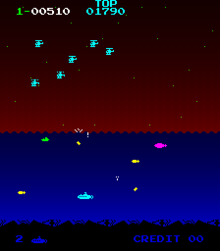
A more obscure game from Nintendo, this submarine shmup is actually a rather interesting title. The game had a level of skill required that was different from other shmups at the time. Players had to dodge attacks from helicopters in the air, while also paying attention to obstacles in the water, such as enemy ships attacking you and mines lying in wait as traps. The game almost feels like a more primitive version of what would later become the amazing submarine shmup In The Hunt, which truly showed what a submarine shmup could be. The goal may have been basic, with the goal being the attack the enemy helicopters, but what the game offered in terms of gameplay variety ended up helping to set it apart.
Punch-Out!!
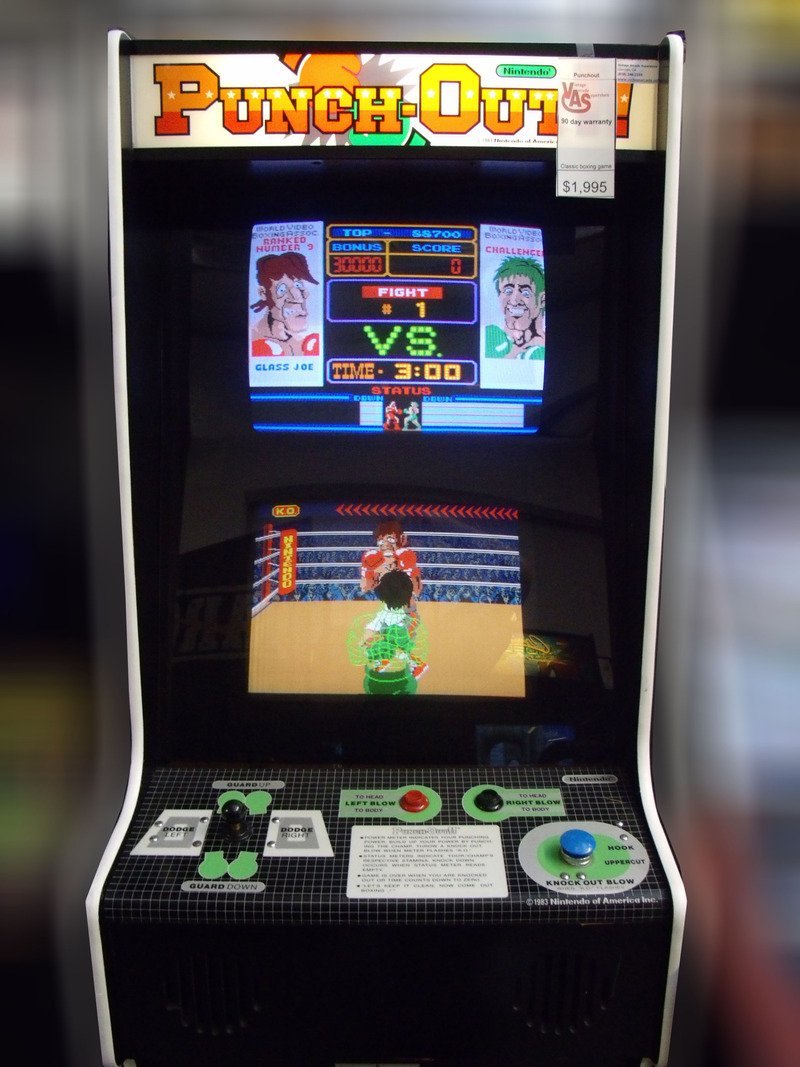
Punch-Out!! is a game born from resourcefulness. Nintendo had an abundance of monitors that were not being used and tasked developers with creating an arcade game that could use a dual monitor setup. The result was a boxing game that stacked two monitors together vertically, with the top monitor showing the statistics and fighter portraits and the bottom monitor showing the main game. The game used a simple controls scheme, with two buttons controlling left and right punches, one for each arm, and a large button on the console to let you deliver a powerful uppercut or right hook when the meter was full. The game was well designed and proved to be one of the most enduring legacies of Nintendo’s time in the arcades, getting a sequel and multiple versions for home consoles. There is a reason the series has endured so long, even if not all the characters have aged well in the series.
Popeye
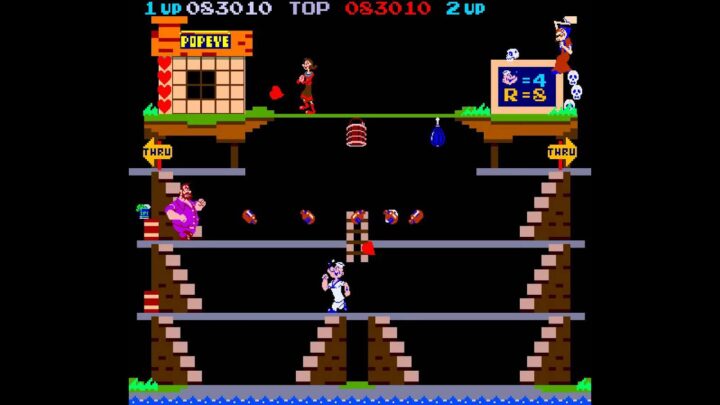
Shigeru Miyamoto, the legendary creator behind many classic Nintendo games, wanted to develop a title based on Popeye in 1981 but Nintendo could not get the license. The result was Nintendo creating Donkey Kong instead, and creating a new face for gaming. But after that game’s success, Nintendo was able to get the rights to Popeye a year later and a classic title was born. The game was a puzzle platformer with the object of the game being Popeye needing to collect items dropped by Olive Oyl, which varied in each level, and avoiding enemies like the Sea Hag and Bluto ( still referred to as Brutus at this point in time). You needed to guide Popeye back and forth and up and down stairs and ladders, but you could not actually jump, unlike the earlier Donley Kong. The game tried to be separate from Donkey Kong before it, and I feel it succeeded. If only Nintendo could get the rights for this to be re-released.
Radar Scope
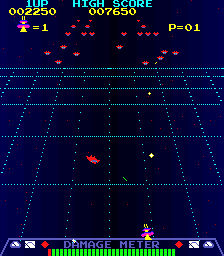
Radar Scope is known these days as the game that failed in America and had its units converted into Donkey Kong. The game deserves better though, as while it is a Galaxian and Space Invaders inspired game, it is one of the better games to be derived from those titles. The gameplay was of the shoot enemies without getting hit variety but set in a forced perspective angle. The stages had 48 enemies in a formation that attacked, and they would break away and swoop down towards you. However, while some will fly down and shoot at you, and others will instead try to attack the space station you are guarding by ramming into it. You need to protect the space station, which has its own damage meter, and this acts as a separate life bar, even if you avoid getting hit yourself. This is a game I would love to see Nintendo bring to the Switch sometime. Maybe if they had ported arcade games to the 3DS, we could have gotten a remake that utilized 3D effects. That would have been interesting.
Cruis’n World
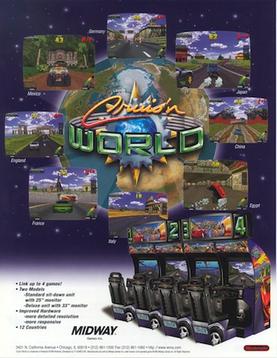
Representing the games from the Midway deal, Cruis’n World was a brilliant arcade racer. The game was a refinement of its predecessor Cruis’n USA, which itself took inspiration from Sega’s Out Run arcade game. The core gameplay was mostly the same, but there were tweaks and alterations here and there, and the graphics were improved, but there was one key addition. The game now gave you the ability to perform stunts during races, which give short speed bursts, and aerial flips. These not only deduct time from the final race time, but also give you a higher score in the end. allowing for the player to achieve a better high score. These stunts would be carried over into later games in the series, like Cruis’n Blast. This is the high point of the original trilogy, with excellent music as well.
Vs. Duck Hunt
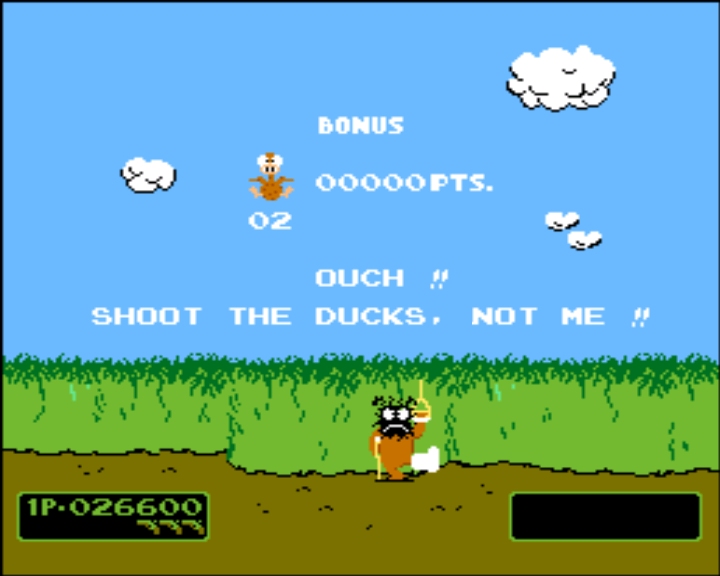
Vs. Duck Hunt was an arcade version of the NES title Duck Hunt for the Nintendo vs. system that was redesigned with more features. This version of the game supports two players rather than simply keeping things single-player. This changed up the gameplay immensely, by having the players able to work together to take down ducks in gameplay that was now slightly reworked from the original game. This version now had alternating rounds of game modes B and C and has 12 ducks and targets each round, in comparison to the original 10. The game would throw a number of little twists at you, such as having three targets to shoot at a time on occasion and giving you a unique bonus round. This bonus round had a neat little detail that would make any fan of the original game frustrated by the dog happy, as you could actually shoot the dog here.
F Zero AX
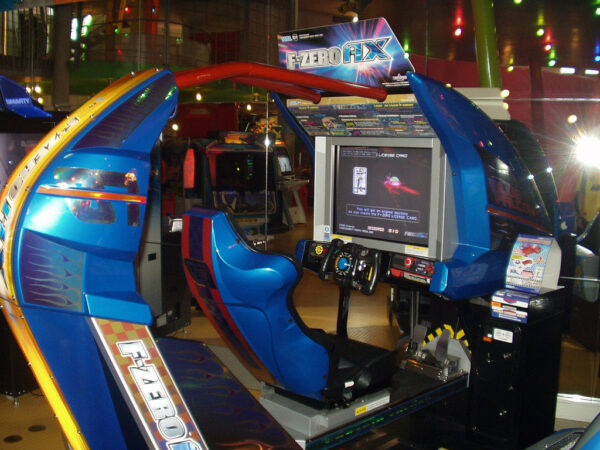
A collaboration between Nintendo and Sega for the Triforce arcade board, F Zero AX was a fast-paced racer with unique stages separate from the console version, F-Zero GX. The AX content included in the console game code, but requires an outside device to be used. That said, this version of the content is not a perfect match to the arcade game. The racing was at breakneck speed and the music and visuals could easily give one sensory overload. The game had a high difficulty that attracted skilled players and AX is the only game in the series to increase the number of laps based on the track length. The game also had its own tracks and stages separate from F-Zero GX, and while much of the AX content could be unlocked in a GX version, not all the content came over. You could however use a GameCube memory card on the arcade cabinet to share the data to the GameCube and unlock more content in F-Zero GX.
Mario Kart Arcade GP DX
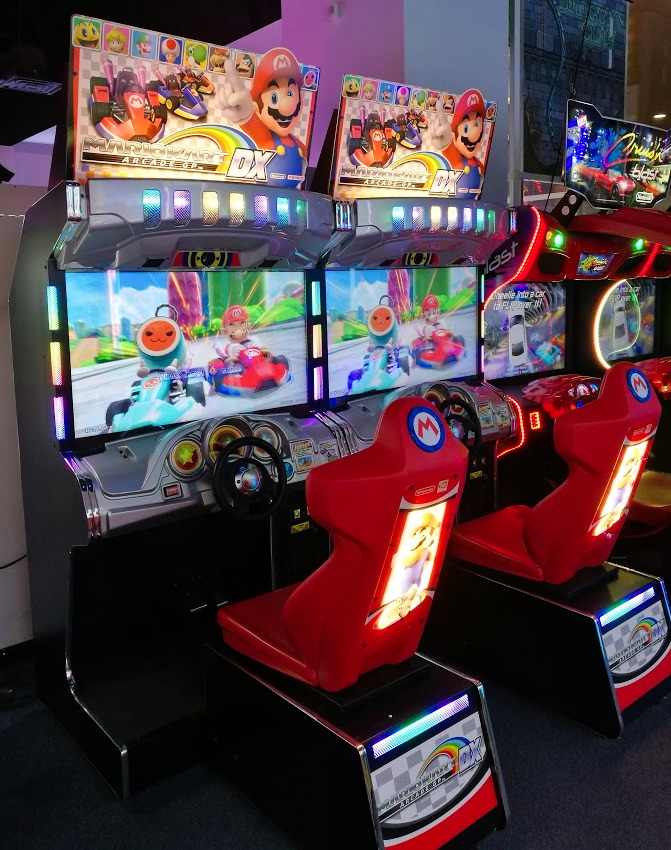
Bandai Namco has been working with Nintendo for some time to create arcade versions of the Mario Kart series, and Mario Kart Arcade GP DX is one of the best. The game is based on Mario Kart 7 and uses redesigned versions of the courses in that game, along with various features. The game has a Grand Prix mode and a Battle mode like the main series game, but also two new modes in the form of Alter-Ego, which lets you race against ghost data collected online, and Team mode. Team mode should excite any fan of Mario Kart Double Dash, as it lets two players race against two cpu opponents, and even combine their karts to form a more powerful kart. Just like in Double Dash, you can have one player driving and the other functioning as the gunner. Bandai Namco really did a good job with these.
Donkey Kong Jr.
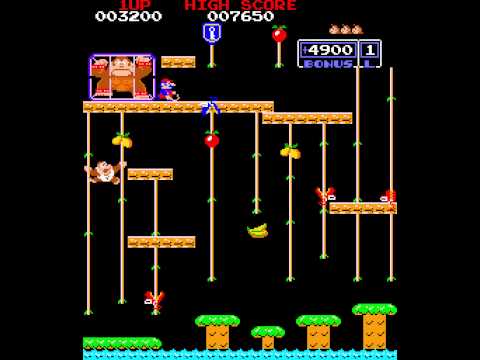
Donkey Kong may have been the big breakthrough title from Nintendo in the west and the game that introduced Mario to the world, but is it the best in its own series? I say no, because Donkey Kong Jr. is a superior game in every way. Nintendo saw the response to Donkey Kong and decided to look at how to make an ideal sequel that both fans and newcomers alike would enjoy. Donkey Kong jr built on its predecessor but removing what did not work and building on what did. The game introduced new mechanics such as climbing on the vines and using fruit, and had its own unique challenges and enemies to keep things fresh. While Donkey Kong may be better known, it is the sequel that stands as the king.
And there you have it. Nine of the best Nintendo arcade games ever made. What were your favourites and why?

